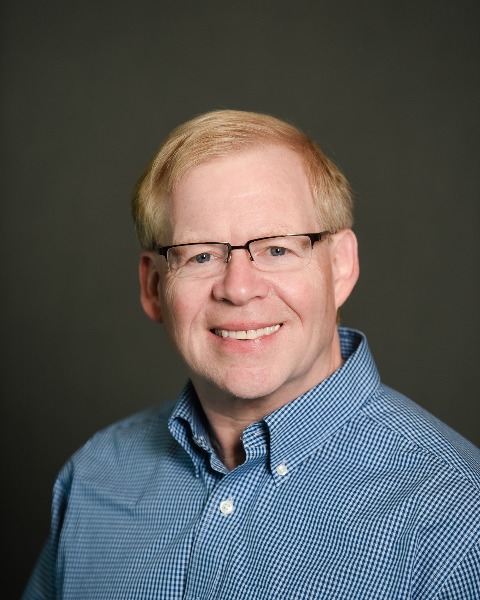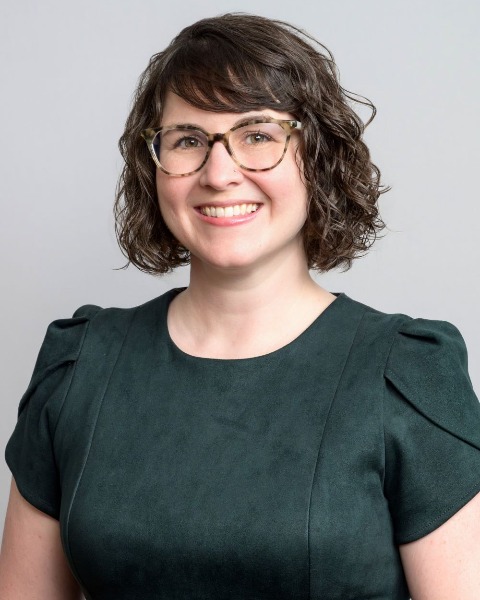Workforce Development
Workforce Development: Developing a Sustainable Talent Pipelines through Partnerships
Building a Collaborative Regional Consortium for Semiconductor Workforce Development
Tuesday, October 7, 2025
12:15pm - 12:40pm MT
Location: Workforce Development Pavilion Theater, North Hall, Lower Level, Expo Floor

Robert Geer
Vice President for Education and Workforce Development
NY Creates
Albany, NY, United States
Christine McLear
Senior Lead, Workforce Development
GlobalFoundries
Malta, NY, United States
Speaker (WFD)(s)
Co-Presenter(s)
The push to reshore semiconductor manufacturing and packaging to the U.S. has raised awareness of the critical workforce shortages facing the U.S. chip industry. However, successful semiconductor workforce development requires a wide range of coordinated regional initiatives including outreach and career awareness, educational content and credential modernization, reskilling and upskilling programming, and a relevant experiential learning network. No single regional institution or sector is positioned to enable this. Successful models require cross-sector partnerships which pool resources and facilities to drive the regional talent pipeline and successfully transition that talent into the semiconductor workforce.
In the northeast U.S. the semiconductor industry, regional colleges and universities, and leading nonprofit semiconductor R&D partners have coordinated to bridge these gaps. Specifically, cross-sector partnerships between GlobalFoundries, Applied Materials, the NY Center for Research, Economic Advancement, Technology, Engineering and Science (CREATES), regional secondary educators, and colleges/universities have been put into practice to leverage private and local/state/federal government resources to expand our regional talent pipeline to support semiconductor fab expansion.
This partnership leverages leading-edge 300mm Si wafer R&D facilities at CREATES, corporate 300mm Si wafer semiconductor equipment training facilities at Applied Materials, and 300mm Si foundry manufacturing facilities at GlobalFoundries. These capabilities have been utilized for coordinated work-based learning for regional high school CTE students as feeders to registered apprenticeship programs and direct entry-level hiring. The same multi-partner format has successfully been used for 2-yr college and university student outreach and short-term experiential learning opportunities to help populate industry internship programs and interface students with industry mentors. To date, community college and university students from across the northeast U.S. (New York State, Massachusetts, and Connecticut) have been engaged. The programs have likewise drawn participants from Ohio, Wisconsin, Virgina, North Carolina, California and Arizona demonstrating a broader inter-regional impact.
By combining the personnel, facilities and resources of the industry, non-profit, secondary school and college/university partners, we have demonstrated a wide range of coordinated programming that would not be achievable by any one organization.
In the northeast U.S. the semiconductor industry, regional colleges and universities, and leading nonprofit semiconductor R&D partners have coordinated to bridge these gaps. Specifically, cross-sector partnerships between GlobalFoundries, Applied Materials, the NY Center for Research, Economic Advancement, Technology, Engineering and Science (CREATES), regional secondary educators, and colleges/universities have been put into practice to leverage private and local/state/federal government resources to expand our regional talent pipeline to support semiconductor fab expansion.
This partnership leverages leading-edge 300mm Si wafer R&D facilities at CREATES, corporate 300mm Si wafer semiconductor equipment training facilities at Applied Materials, and 300mm Si foundry manufacturing facilities at GlobalFoundries. These capabilities have been utilized for coordinated work-based learning for regional high school CTE students as feeders to registered apprenticeship programs and direct entry-level hiring. The same multi-partner format has successfully been used for 2-yr college and university student outreach and short-term experiential learning opportunities to help populate industry internship programs and interface students with industry mentors. To date, community college and university students from across the northeast U.S. (New York State, Massachusetts, and Connecticut) have been engaged. The programs have likewise drawn participants from Ohio, Wisconsin, Virgina, North Carolina, California and Arizona demonstrating a broader inter-regional impact.
By combining the personnel, facilities and resources of the industry, non-profit, secondary school and college/university partners, we have demonstrated a wide range of coordinated programming that would not be achievable by any one organization.
